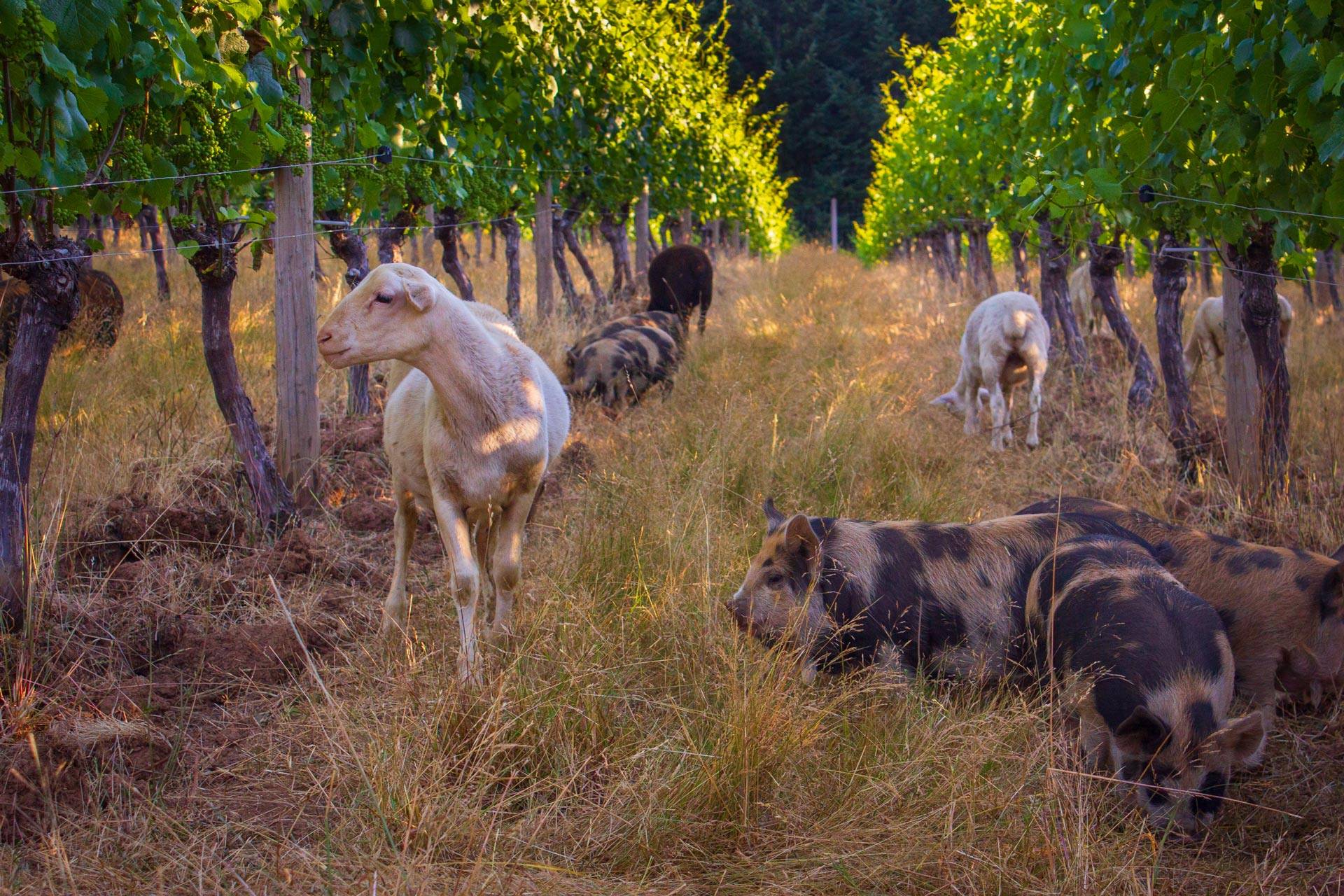Can a novel interpretation of John 15 be supported by art in church history?
5
votes
2
answers
169
views
David Thurman in his book, "From Vines to Wines in Classical Rome " writes about a very common first century practice (testified by Pliny and Columella) of establishing vineyards with a post and a single cross bar, from 4 to 7 feet high, with (among other options) reeds acting as wires connecting vine branches with the props (posts) for a trellis system.
This understanding from Pliny & Columella in the first century, of how a typical trellis system was set up, goes against the conventional understanding of vineyard management in Bible times. For example, John Dominic Crossan depicts sprawling grape vines on the ground in his, "Interpretive painting of first century Nazareth. The view from the ridge ." (scroll down to the 5th picture) - Illustration from Crossan and Reed, Excavating Jesus (2003).
It occurred to me that a high wooden prop (post) with a cross bar would look very much like a cross with a grape vine draped over it, especially if sheep or other animals were to eat the leaves below.
The significance is that, if Jesus were walking past vineyards speaking about the vine and branches, it would be a very cruciformish experience. That is to say, it would have an added existential impact of being both Christ centered and cross focused - e.g. believers connect with Christ on the cross to bear spiritual fruit.
The Gospel of John was composed in Ephesus and universally ascribed by the custodians of the early canon to John the son of Zebedee - an eyewitness of Jesus. Ephesus was an area known for grape growing. When Anthony entered the city of Ephesus, Plutarch says, “women arrayed like Bacchanals, and men and boys like Satyrs and Pans led the way before him and the city was full of ivy and thyruswands and harps and pipes and flutes, the people hailing him as Dionysus, giver of Joy and Beneficent.” Some have argued that both Osiris and Dionysus were hung on trees and crosses. If so, the *praeparatio evangelica* impact of John 15 in relationship to a crucifixion, would be an extraordinary illustration for the initial readers of the Gospel - who were coming from a Dionysian background.
Here is an example of a modern trellis system in Baja Mexico that looks like a cross. It would be similar to those in Bible times. However, in Bible times, the grape vines would have been higher up on the trellis wires (reeds in this case). They would appear draped around the cross bar post like linens on a cross during Holy Week.
What are the earliest artistic examples of grape vines depicted on a cross in church history?
A modern Easter clip art example can be found here.
Are there other examples of a modern trellis system post looking like a cross, besides the one in Baja Mexico?
Postscript: **Sheep have been used by "wine shepherds" to do leaf thinning, eating suckers off the vines, fertilizing and eating cover crops, etc. It is highly likely that they were used in Bible times for crop management. Therefore Crossan's view of ground sprawling vines is a dubious portrayal of viticulture in Nazareth. Jesus growing up in Nazareth, where a first century wine press has been found, would likely have been familiar with raising sheep in a vineyard context. The picture below shows sheep in a vineyard. Although pigs, not being kosher, would not have been raised by Jesus! Also, goats are too aggressive with the vines and so the sheep would need to be separated from them.* *


Asked by Jess
(3720 rep)
Nov 18, 2021, 01:04 AM
Last activity: Nov 20, 2021, 07:36 PM
Last activity: Nov 20, 2021, 07:36 PM